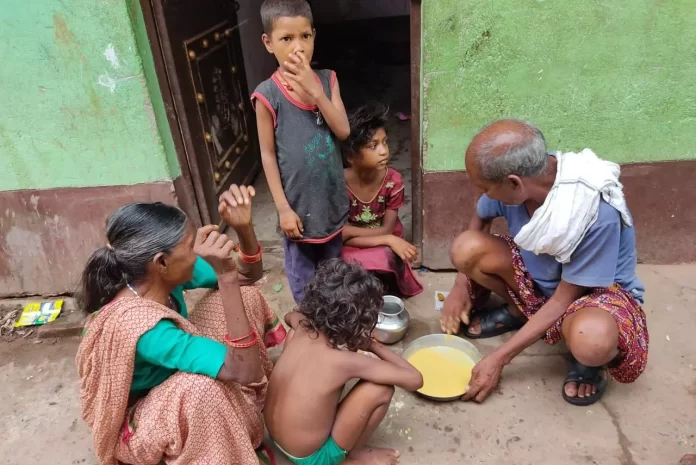– Mohammed Atherulla Shariff
“Accelerating global actions for a world without poverty” is the theme of Third United Nations Decade for the Eradication of Poverty (2018–2027). It is in line with the 2030 Agenda for Sustainable Development.
As per the UN estimation around 767 million people are still living in extreme poverty below the international poverty line of $1.90 a day, as the world went to observe the International Day for the Eradication of Poverty on 17 October this year. Ironically the ‘World Food Day’ was also observed the previous day i.e. on 16th October. International Day for the Eradication of Poverty aims to stress greater engagement in drive to promote prosperity, human dignity and human rights.
Sustainable Development
The 2030 Agenda for Sustainable Development with its 17 Sustainable Development Goals (SDGs), adopted unanimously by world leaders in 2015, recognizes that eradicating poverty in all its forms and dimensions, including extreme poverty, is the greatest global challenge and an indispensable requirement for the achievement of inclusive and peaceful societies.
 Speaking at the recent Global Poverty Reduction and Development Forum in China, the UN Secretary-General Antonio Guterres said, “With the right tools and partnerships, we can make sure that no child is born into poverty and that everyone has a chance to thrive in a more equitable, prosperous and sustainable world.”
Speaking at the recent Global Poverty Reduction and Development Forum in China, the UN Secretary-General Antonio Guterres said, “With the right tools and partnerships, we can make sure that no child is born into poverty and that everyone has a chance to thrive in a more equitable, prosperous and sustainable world.”
The UN records say that poverty has declined globally, from 1.7 billion people in 1999 to 767 million in 2013, a drop in the global poverty rate from 28 percent in 1999 to 11 per cent in 2013. The most significant progress was seen in Eastern and South-Eastern Asia, where the rate declined from 35 per cent in 1999 to 3 per cent in 2013. In contrast, 42 per cent of people in sub-Saharan Africa continued to live in conditions of extreme poverty in 2013.
Poverty in India
India is a rich country with poor people. If you just consider the land, it is doing fine – with well less than half of Australia’s area it produces more than its GDP. If you consider GDP (PPP) per square mile, India’s is somewhat comparable to that of the US.
The 2019-2021 data show that about 16.4 percent of India’s population lives in poverty, with an average intensity of 42 percent. About 4.2 percent of the population lives in severe poverty.
Multidimensional poverty index 2023
According to Niti Aayog’s National Multidimensional Poverty Index, 13.5 crore people were lifted out of poverty until 2021. This is considered a significant milestone in the country’s efforts to uplift its citizens from poverty. Global Multidimensional Poverty Index focuses on health, education, and living standards to give a more comprehensive picture of poverty in India. Traditionally, poverty was measured solely based on income, but it failed to capture other crucial factors affecting people’s standard of living.
Poverty can lead to infidelity
In Islam poverty is a serious threat that has to be eradicated. Prophet Muhammad ﷺ said, “Poverty can lead to infidelity.” Islam has presented effective instruments for poverty reduction with holistic approach. It addresses the individual, the society and the state distinctively to contribute in poverty alleviation. The economic programme laid down in the doctrine has three levels. The state should ensure ‘wealth does not remain circulating among the rich people only’ (the Quran 59:7). Simultaneously, each individual is enjoined to practice Sadaqua, Zakat, Ushr which help the needy directly and instantly. This act of individuals is made part of the faith proclaimed, with manifold reward in this life and the life hereafter.



